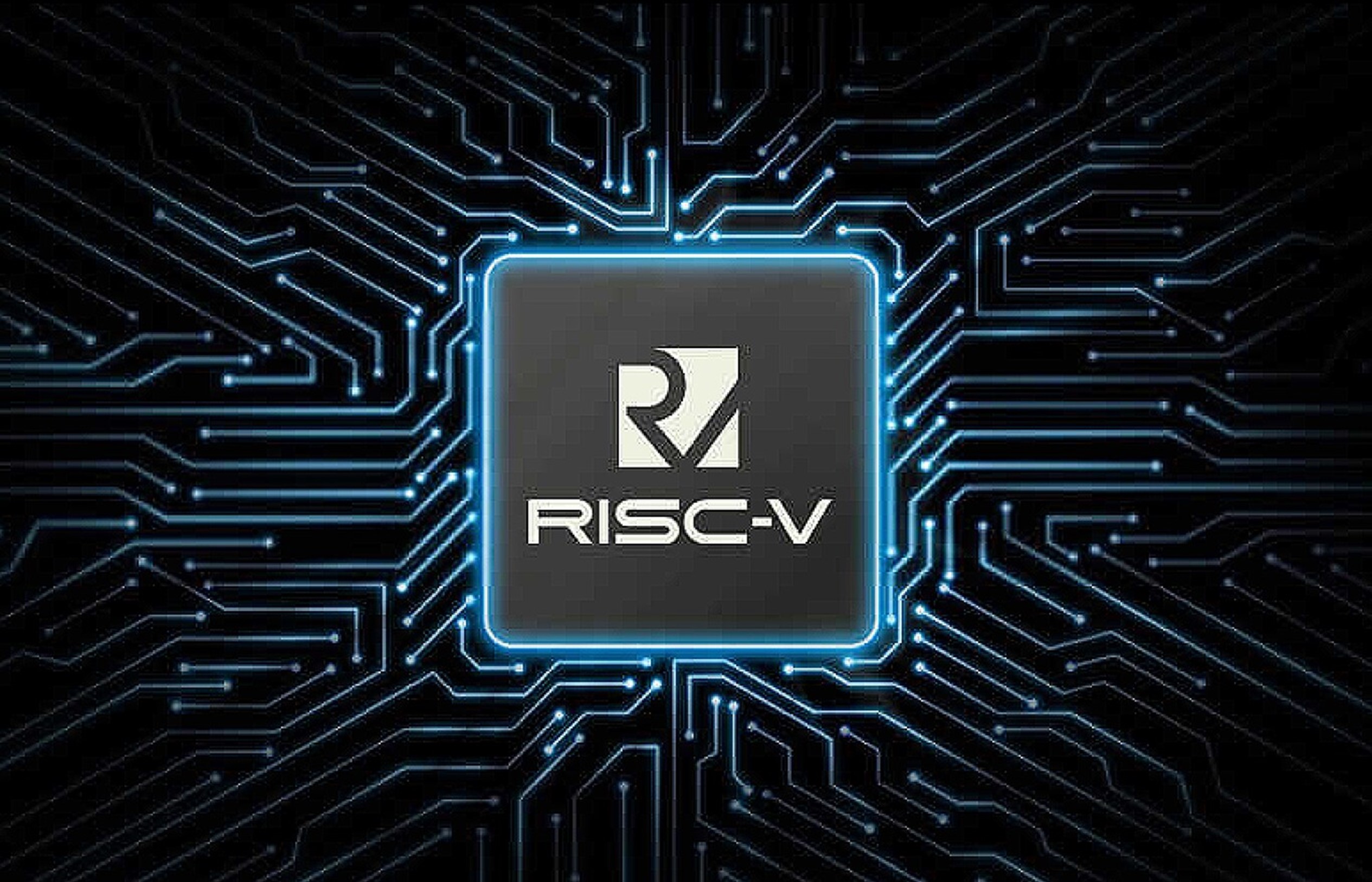Another chip manufacturing company has appeared in China. What is known about her?
It seems that there is nothing surprising in the fact that a new company developing RISC-V processors will start operating in China. The country has a very powerful electronics manufacturing industry, with thousands and thousands of companies operating there. But the head of this “newcomer” is the ex-head of ARM’s subsidiary in China, Allen Wu. He has a lot of experience and will likely be able to get production up and running quickly.

What kind of company is it and what does it represent?
Although Allen Wu worked with ARM chips, his new brainchild will be engaged processors based on RISC-V architecture. The choice was made due to the fact that it is open and you don’t have to pay anything for licensing. Moreover, the Celestial Empire already has its own version of the technology, called RISC-X.
Wu probably made his choice for a reason, since he has enormous experience in the industry. He joined ARM back in 2004, and then took the position of regional manager, and then vice president of sales. Previously, he was Vice President of Corporate Marketing at Arasor, an employee of NEC America, and the founder of AccelerateMobile. He has also worked at Mentor Graphics, LSI Logic and Intel in Silicon Valley. He himself holds two US patents on integrated circuit design methodology.

The new company was named Zhongzhi Chip. Now it is completing the staffing stage, and Wu is happy to hire both ex-ARM employees, like himself, and lure away current representatives of this organization. It is worth noting that he still owns 47.33% in ARM, we are talking about a Chinese subsidiary. When he headed ARM China, the company showed 250% growth. Then, however, he had to resign from his post, and it was a dismissal accompanied by a scandal.
And after Wu finally left, he immediately created a new company. According to market players, Zhongzhi Chip will develop high-performance processors and artificial intelligence accelerators based on the RISC-V architecture. Details are still unclear, but they will likely be revealed soon. Experts believe Wu is planning supply chips not only to the domestic market of China, but also to attract international partners to cooperation.
The formation of such companies is common in China. So, at the end of last year, some executives of ARM China moved to the Chinese startup Borui Jingxin. Among them is Yang Bo, ARM's chief government affairs specialist, who became the company's CEO.
In general, given the experience and connections of Wu and Bo, we can say with confidence that China will indeed soon begin supplying high-performance RISC-V to the market; there are all the prerequisites for this.
Not only China
At the very end of last year, it became known that several large companies, including Robert Bosch GmbH, Infineon Technologies AG, Nordic Semiconductor ASA, NXP® Semiconductors, Qualcomm Technologies, Inc., founded a new organization called Quintauris GmbH. She will develop and implement new technologies based on RISC-V around the world.
A new organization that brings together such well-known partners is needed so that new technologies are unified and the products of different companies are compatible. In addition, experts from project partners will help each other create reliable solutions for various industries. The main focus will be on the automotive industry, but in the future the range of activities of Quintauris GmbH will be expanded.

As for management, Alexander Kocher was appointed CEO of Quintauris. He joins the company from his role as President and CEO of Elektrobit, a global provider of embedded and connected software for the automotive industry. Prior to joining Elektrobit in 2011, Kocher was vice president and general manager of Wind River Corporation's automotive division.
All necessary regulatory approvals for the formation of Quintauris have already been received.
“This is an exciting opportunity for Quintauris and the industries we will serve. We will bring breakthrough innovation and scalability to next-generation hardware development, with a focus on combining the best elements of RISC-V into a unified business offering. We are fortunate to have the support of some of the most established players in the semiconductor industry, which speaks to our ambitious plans for Quintauris as a long-term, sustainable offering. We absolutely believe in the power of collaboration with the RISC-V community, and as our company expands, we look forward to engaging with the system to accelerate development and improve the sustainability of the entire semiconductor ecosystem.”said Alexander Kocher, CEO of Quintauris.

The most active member of this organization is Qualcomm, which, as far as we know, initiated this consortium. Everything is logical here, because for about five years it has been using the RISC-V architecture in its microcontrollers, as well as in chips for Snapdragon Wear wearable devices running Google's Wear OS platform. The same company is actively investing in the development and production of chips based on the Arm architecture.
In October 2023, it became known that Qualcomm was developing a RISC-V processor for wearable Android devices. It plans to make the chip a truly mainstream platform for the consumer market.
In addition to Qualcomm and the newly-minted company formed by five large organizations, there are other participants in the RISC-V direction. For example, SiFive. Over the past few years, it has invested heavily in the RISC-V ecosystem, helping the technology evolve. SiFive has been operating for 8 years now, and during this time the company has managed to achieve significant results.
In particular, specialists create commercial solutions based on the open RISC-V architecture, including computing cores, processor assemblies, development kits, etc. For example, the company was the first to produce 64-bit RISC-V chips with four cores and a full support for Linux distributions.
In general, RISC-V is actively developing, both new chips and devices based on them are being released onto the market. These are laptops, game consoles and other devices. There will probably be even more of them in the near future.


![[boringssl] Failed to log metrics](https://prog.world/wp-content/uploads/2022/04/bf37622fa2bab481720460045f04937d-768x403.png)

